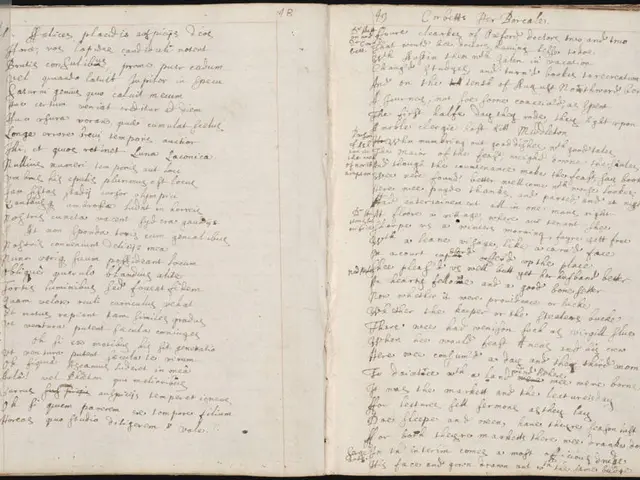HIV Crisis in Nyanza: Tradition and Silence Fuel Spread of New Cases
In the Kisumu County of Nyanza, Kenya, the HIV prevalence stands alarmingly high at 11.7%, disproportionately affecting women [2][3]. This article delves into the reasons behind this concerning trend, revealing a complex interplay of cultural practices, gender inequalities, and social dynamics that increase women's vulnerability to HIV/AIDS.
### Reasons for Higher Infection Rate Among Women in Nyanza
The higher infection rate among women in Nyanza can be attributed to several factors. **Gender discrimination and power imbalances** play a significant role, as women face significant social and economic inequalities that limit their ability to negotiate safer sex or leave risky relationships [2].
Historically, **early spread of the virus** was facilitated by women from Uganda’s Gisu community who worked in entertainment venues, rapidly spreading the virus across Nyanza [2].
**Cultural practices** such as **wife inheritance**—where a widow is inherited by a relative of her deceased husband—remain common. This practice often involves unprotected sexual intercourse and sometimes cleansing rituals that heighten HIV transmission risk [2].
**Silence and stigma** around HIV and sexual health discourage open dialogue and education, making prevention efforts challenging [2].
### Specific Cultural Practices Contributing to Vulnerability
**Wife Inheritance** and associated **cleansing rituals** are traditional practices that expose women to new sexual partners, increasing their HIV risk. Without modern safeguards such as condom use or medical checks, they perpetuate HIV spread [2].
### Addressing the Issue
Experts advocate for practical interventions to address these cultural issues, including promoting condom use, mandatory medical screenings, modernizing or abandoning risky customs, and expanding community education programs to reduce stigma and empower women [2].
Investing in poor communities and empowering women and girls can make a meaningful difference in the fight against HIV/Aids. There is an urgent need to develop fresh strategies that expand educational programs promoting behavioral change, especially in regions such as Nyanza. Fear, shame, and discrimination only worsen the HIV/Aids crisis and fuel new infections.
Gender disparities in HIV infection rates are especially stark among the youth, particularly those aged 18 to 30. It is concerning that grandmothers over 75 years are contracting HIV/Aids due to cultural practices. The global funding for HIV/Aids, tuberculosis, and malaria is declining, causing concern about the loss of more lives to preventable illnesses. Misinformation about HIV/Aids, such as the claim that the virus is no longer effective, poses a serious risk to public health.
In conclusion, the high HIV infection rate among women in Nyanza is driven by deep-rooted cultural practices like wife inheritance and related rituals, combined with gender inequalities and silence around HIV. These factors increase women's biological and social vulnerability to HIV/AIDS. It is crucial to address these issues to stem the tide of the HIV/AIDS crisis in Nyanza and beyond.
- Gender discrimination and power imbalances contribute to the higher HIV infection rate among women in Nyanza, limiting their ability to negotiate safer sex and leave risky relationships.
- Historically, the early spread of HIV was facilitated by women from Uganda’s Gisu community who worked in entertainment venues, rapidly spreading the virus across Nyanza.
- Cultural practices such as wife inheritance, where a widow is inherited by a relative of her deceased husband, remain common in Nyanza, increasing women's HIV risk through unprotected sexual intercourse and associated cleansing rituals.
- Silence and stigma around HIV and sexual health discourage open dialogue and education, making prevention efforts challenging.
- To address these issues, experts advocate for practical interventions like promoting condom use, mandatory medical screenings, modernizing or abandoning risky customs, expanding community education programs, and empowering women.
- Investing in poor communities and promotion of education and self-development can make a meaningful difference in the fight against HIV/AIDS, especially in regions like Nyanza, where women face unique vulnerabilities due to cultural practices and gender inequalities.





